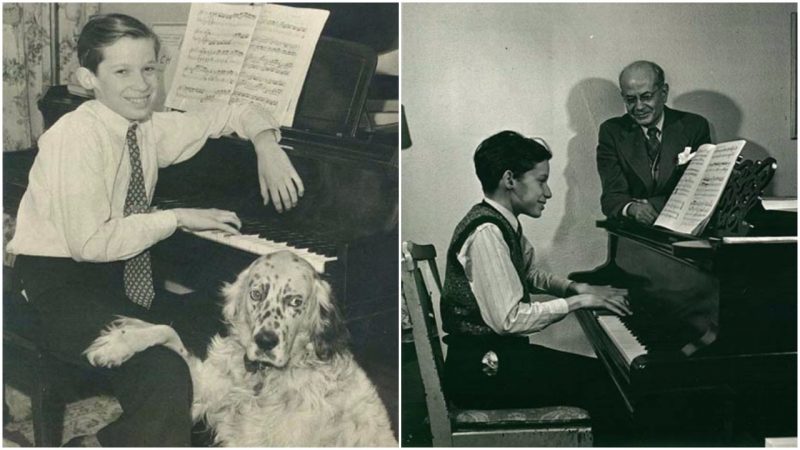Glenn Gould was a Canadian virtuoso pianist who is nowadays praised as one of the best classical pianists of the 20th century. He played with exceptional technical proficiency and had a unique ability to articulate the complex polyphonic compositions of Johann Sebastian Bach.
Gould is known as one of the only pianists who could passionately play the full sheet of Bach’s “Goldberg Variations”.
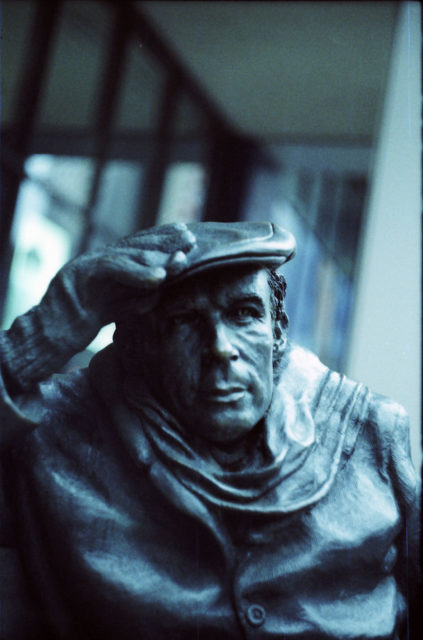
Aside from being famous for his genial skills in playing the piano, Gould was known for a plethora of various eccentricities. His behavior was so unusual that concert halls frequently had to be changed to fit his wishes, and conductors often complained of his intentional disregard of the prescribed tempo.
Glenn Gould used only one single piano chair throughout his life, and he would often refuse to perform if he was unable to bring his chair to the venue. The chair was handcrafted by his father when he was a child, and it was designed so that he could sit very low at the keyboard. He continued to use the chair even after the seat became worn and had to be removed.
Also, Gould was known to hum while playing the piano. He would hum so loud that his voice was sometimes louder than the sound of the actual music. Many studio engineers and producers complained that his humming was a nuisance because they often couldn’t remove it from the recordings, but Gould continued to hum until the end of his career.
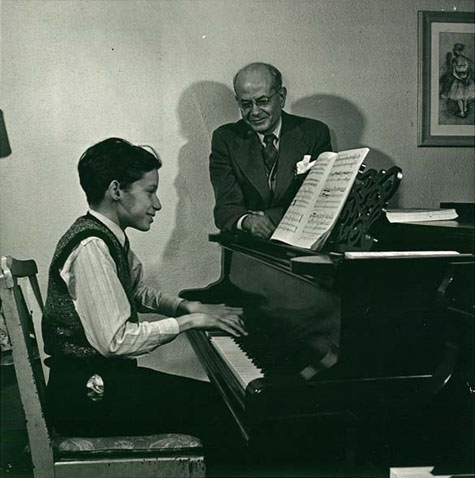
He stated that the humming gave him discipline and helped him interpret the music; music theorists argue that this habit emerged during Gould’s childhood when his mother taught him to sing the music he played in order to keep track of his articulation.
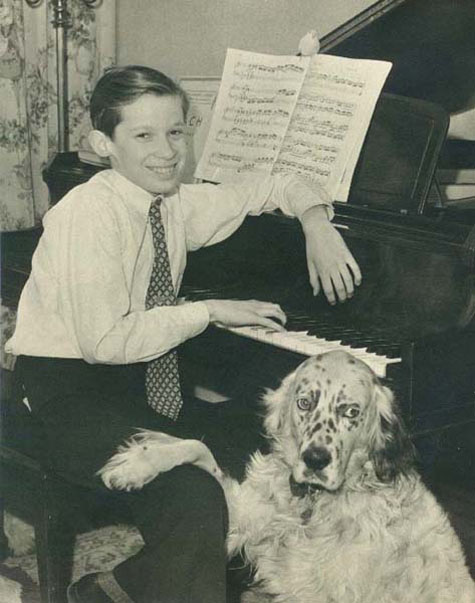
Gould was extremely sensitive to cold and wore heavy multi-layered clothing. Sometimes he even wore gloves while playing the piano, and some believe that this may have been a product of his germophobia and hypochondria. However, some contemporary researchers argue that he suffered from fibromyalgia, a condition which prevented him from distinguishing hot from cold.
His personal demeanor was almost autistic, as he hated being touched and favored limited personal contact. In 1959, Gould visited the Steinway Hall in New York and was greeted by the chief piano technician William Hupfer by a pat on the back. He was so shaken by this inappropriate personal contact that he complained of back pain and headaches for several days and intended to sue Steinway & Sons if his troubles continued.
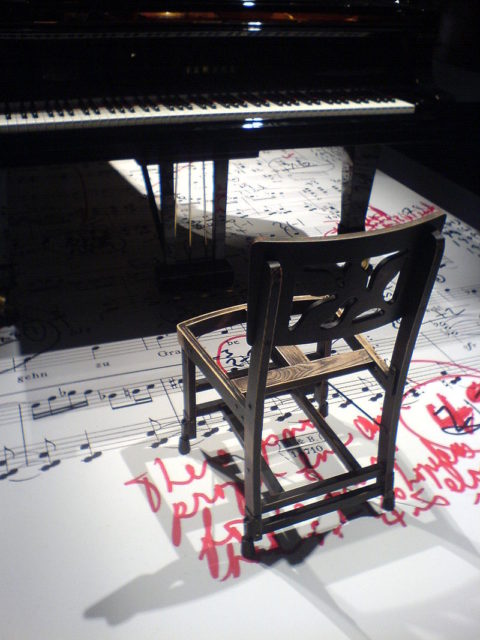
Gould was an eccentric individual who disagreed with conventional rules and regulations of modern society but managed to enrich that same society by his musical genius.
He lived for music and he had managed to articulate, and leave behind, his deepest feelings expressed through his musical performances.
